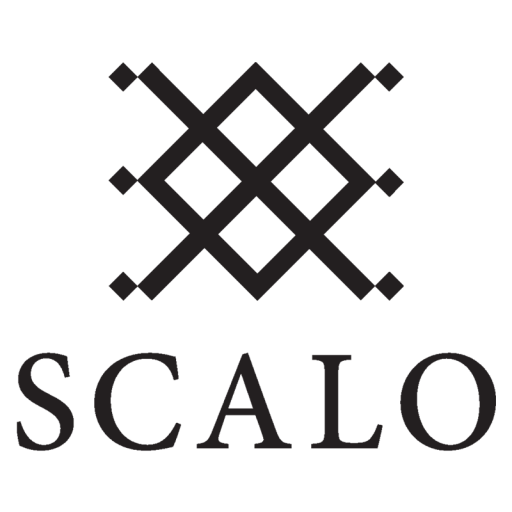Each one-of-a-kind SCALO bag has been meticulously hand-made by artisans in Italy using beautiful leather. Their work is combined with exquisitely elaborated vintage Mayan textiles previously worn by Mayan women as huipil (blouse) or corte (skirt).
The bags are the end product of a very lengthy and delicate process that begins at the back loom of a dedicated and highly skilled Mayan weaver and finishes at the hands of European artisans, combining different cultures to enhance the result of each piece.
The Mayan women have kept the same weaving and embroidery techniques since Pre-Hispanic times, and the symbolism and motifs haven’t changed much either. Mayan traje (traditional wear) links each individual not only with his or her present community but also with their ancestors.
It is precisely because of this historical continuity that dress plays such an important role in the way the Mayan define and express their cultural identity today. Each Mayan village wears a specific traje that can be easily distinguished by the colours and the patterns.
The textiles are decorated with geometric figures, animals, flowers, and landscapes. These stand for ideas and concepts that have their roots in the ancient Mayan worldview. The textile and various forms of traditional dress are also a sign of the various forms of historical and everyday resistance that Maya women have created and re-created to maintain and pass on their culture. Today, wearing the traditional traje also implies an act of self-determination of the Maya people.
The backstrap and the floor loom
Most of the textiles from the SCALO 502 collection are woven using a backstrap loom. The pole or tree to which the loom is attached is thought to be an aspect of the World Tree, a central figure in the creation of the world according to Maya World view. The World Tree is represented as a colossal tree which supports the heavens, thereby connecting the heavens, the terrestrial world, and, through its roots, the underworld.
The tree/pole supports the assembled loom by way of a rope which symbolizes an umbilical cord that acts as a conduit to the ancestors. The rope therefore represents the link between the ancestors and the living, embodied by the weaver sitting at the other end of the loom. Accordingly, the weaving that she creates is thought to be alive, though sustained by an ancestral, even primordia, past. As a result, the traje is a means of connecting to the ancestors, and therefore, of crucial importance for the preservation of Mayan heritage.
Most weavers work from home, where they need to be careful of their kids and domestic animals not getting entangled in the loom and ruining their work. It is a time consuming job that requires a great deal of skill and concentration. The backstrap weaver usually sits on the ground or on a small stool.
One of the defining features of a loom is that it must create tension on the warp thread, these are the threads typically strung on or in the loom that form the base structure of the fabric. With the back strap loom the tension is created with the weaver’s body. As result the process can be physically engaging and exhausting. One must use the body, moving forward and backward, to tighten and loosen the tension.
The weaver’s body almost becomes one with the loom and the fabric. This is the reason why the huipil is so special to the Mayan people – their bodies are physically and intimately engaged in every moment of its creation.

